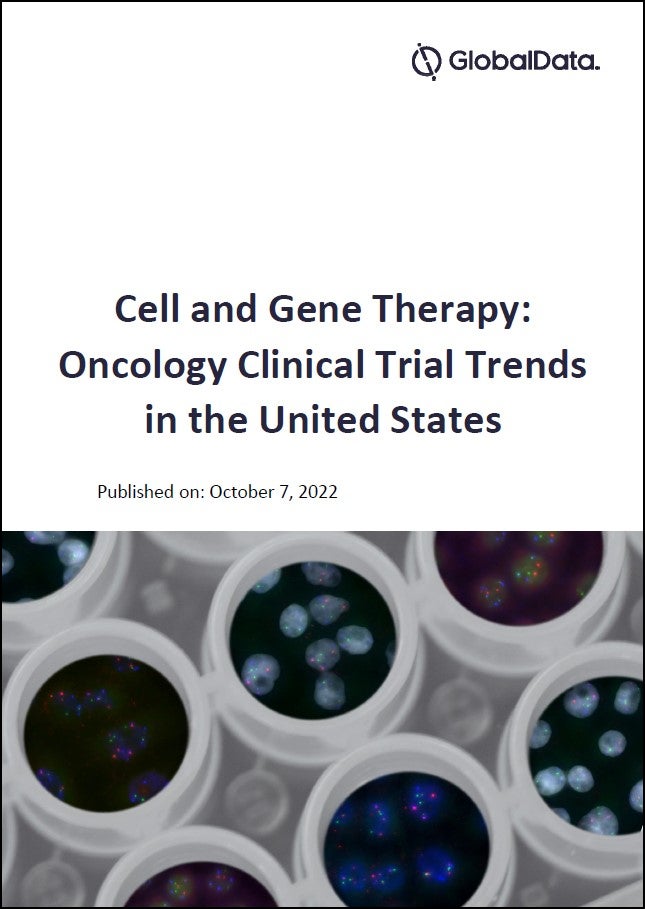
Scientists from the US National Institutes of Health (NIH) unit National Institute on Aging (NIA) have found that present and developing therapies for cancer could potentially be repurposed to treat Alzheimer’s disease.
The researchers detected alterations in brain proteins linked to the APOE4 genetic risk variant in young post-mortem study subjects with an average age at death of 39 years.
This data was compared to variations observed in the autopsied brains of individuals with Alzheimer’s and those without the disease. The average age of death for these subjects was 89 years.
Brain samples obtained from the Religious Orders Study, Baltimore Longitudinal Study of Aging and various studies funded by the NIA were part of the assessment.
The team then checked if currently used Food and Drug Administration (FDA)-cleared or investigational treatments for various disorders worked on these proteins.
How well do you really know your competitors?
Access the most comprehensive Company Profiles on the market, powered by GlobalData. Save hours of research. Gain competitive edge.

Thank you!
Your download email will arrive shortly
Not ready to buy yet? Download a free sample
We are confident about the unique quality of our Company Profiles. However, we want you to make the most beneficial decision for your business, so we offer a free sample that you can download by submitting the below form
By GlobalDataAn investigational drug for liver cancer treatment and an already approved chronic myeloid leukaemia drug, Dasatinib, worked on some proteins associated with Alzheimer’s disease, finding by the scientists revealed.
Furthermore, they indicated that these cancer drugs could be used to treat the disease.
In cell culture tests, these therapies showed to cut down neuroinflammation, amyloid secretion and tau phosphorylation, emphasising their potential as candidates for clinical trials in Alzheimer’s indication.
The NIH plans to progress these drugs into clinical trials soon.
In another NIA-funded study published last month, a widely available, FDA-approved oral diuretic pill, bumetanide, was found to be a potentially effective candidate for Alzheimer’s treatment.
Findings showed that people who received bumetanide had a reduced incidence of Alzheimer’s versus those who did not receive it.
In a statement, NIH said: “Research combining analysis of brain protein alterations in these individuals, as well as laboratory experiments, in animal models and cell cultures could help scientists identify existing drugs to test for their potential as Alzheimer’s interventions more quickly.”
The NIH announced plans in April to fund the Phase III ACTIV-6 trial to assess several prescriptions and over-the-counter drugs that are currently available for the treatment of Covid-19 symptoms.





